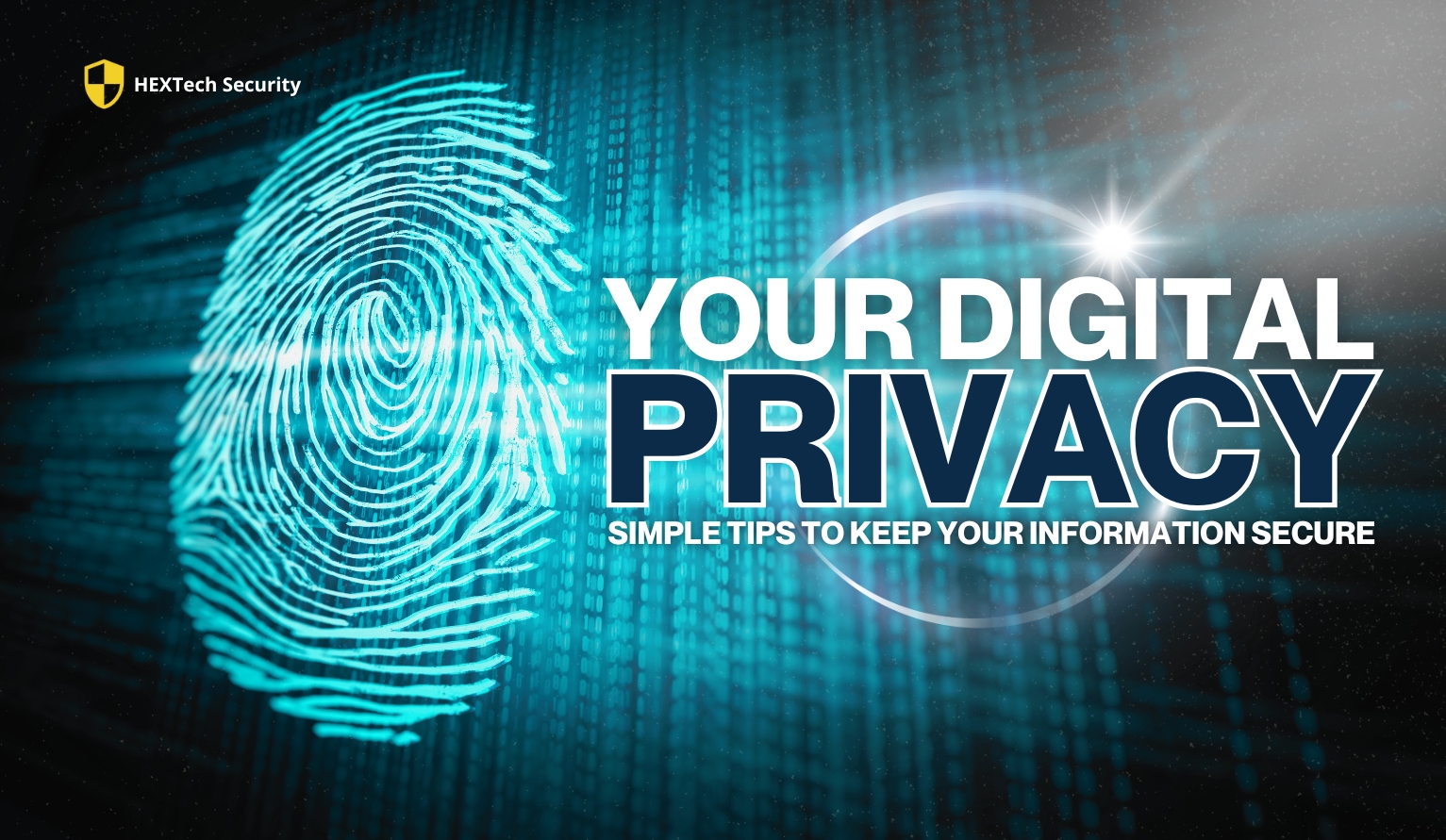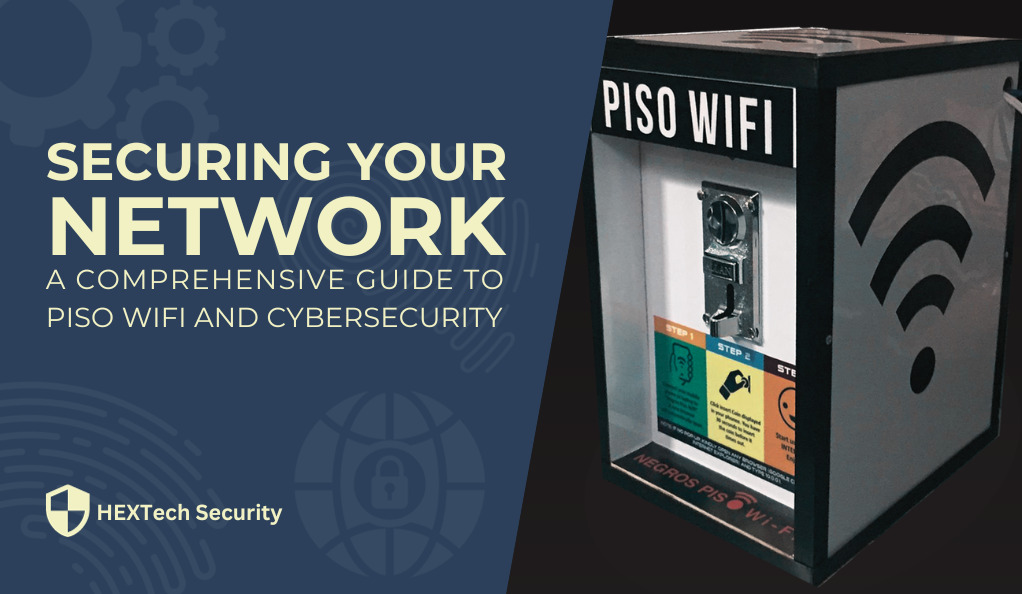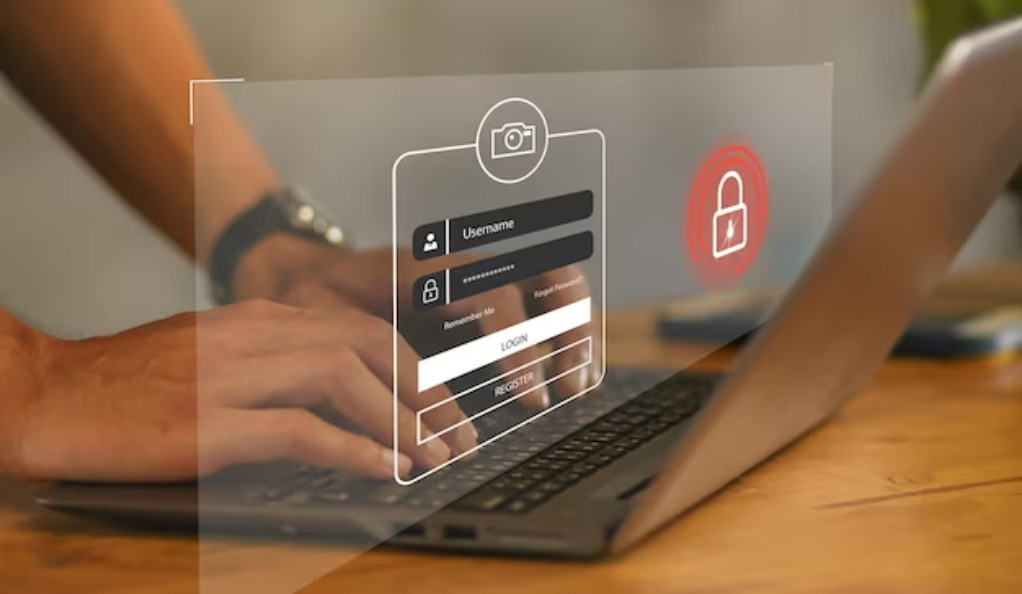In the digital era, the importance of safeguarding our online privacy has become paramount. With rising instances of cyber attacks, data breaches, and identity theft, it’s evident that our personal information is at a perpetual risk. This guide aims to empower you with practical, easy-to-follow tips to secure your digital privacy, ensuring your personal and sensitive information stays safe from prying eyes.
Understanding Digital Privacy
Digital Privacy Explained: Digital privacy involves the safekeeping of personal information shared online. It covers aspects like data collection, storage, and sharing. In a world where our online and offline lives are intertwined, maintaining digital privacy is not just a convenience but a necessity.
The Importance of Privacy: When your personal information falls into the wrong hands, it can lead to identity theft, financial fraud, and even personal safety risks. Additionally, there’s the issue of peace of mind – knowing your private life remains private is crucial in the digital age.
Common Threats: Cyber threats like hacking and phishing are rampant. Phishing involves tricking individuals into revealing personal information. Hacking, on the other hand, involves unauthorized access to your personal data. There’s also the risk of companies misusing or improperly securing your data.
Basic Practices for Protecting Your Privacy
Navigating the digital world safely is paramount. Here are key practices to ensure your digital privacy remains intact:
1. Create Strong and Unique Passwords: Your first line of defense is a robust password. Mix upper and lower case letters, numbers, and symbols to form a complex password. Avoid predictable patterns or personal information like birthdays. For example, instead of using ‘JohnDoe1980’, opt for something like ‘J0hnD!@m0nd$2024!’. A password manager can be a lifesaver here, managing your myriad passwords across various platforms while keeping them secure.
2. Stay Updated with Software Patches: Hackers often exploit vulnerabilities in outdated software. Regularly updating your operating system and applications is like reinforcing the locks on your digital doors. Think of software updates as essential maintenance for your digital home. Set reminders or enable auto-updates to ensure you’re always protected with the latest security patches.
3. Master Safe Browsing Techniques: The internet is a vast ocean, and safe navigation is key. Avoid the murky waters of suspicious websites, especially those offering pirated content or unbelievable deals – these are often traps set with malware. Practice discerning skepticism with emails or messages containing links, particularly from unknown sources. These could lead to phishing sites, aiming to harvest your personal information.
4. Enable Two-Factor Authentication (2FA): Enhance your account security with an additional verification layer. 2FA requires a second form of identification, such as a text message code or an authentication app, beyond just your password. For instance, even if someone uncovers your password for your email account, they would still need a unique code sent to your phone to access it, effectively barricading your data behind a second gate.
5. Exercise Caution on Public Wi-Fi: Public Wi-Fi networks, while convenient, are playgrounds for cyber snoopers. Refrain from performing sensitive activities, like online banking, while connected to these networks. If necessary, use a VPN (Virtual Private Network) to encrypt your internet connection, turning your open book of online activities into indecipherable gibberish for any potential eavesdroppers.
6. Back-Up Your Data Regularly: Imagine losing all your important documents, photos, and files in a cyber-attack. Regular data backups to an external drive or a cloud service can prevent such a disaster. Schedule regular backups and think of it as an insurance policy for your digital life.
By adopting these foundational practices, you fortify your digital presence against common threats. Each step enhances your security, weaving a stronger web of protection around your personal information. Start with these basics, and you’re well on your way to maintaining a secure and private digital life.
Enhancing Privacy on Social Media: A Detailed Guide
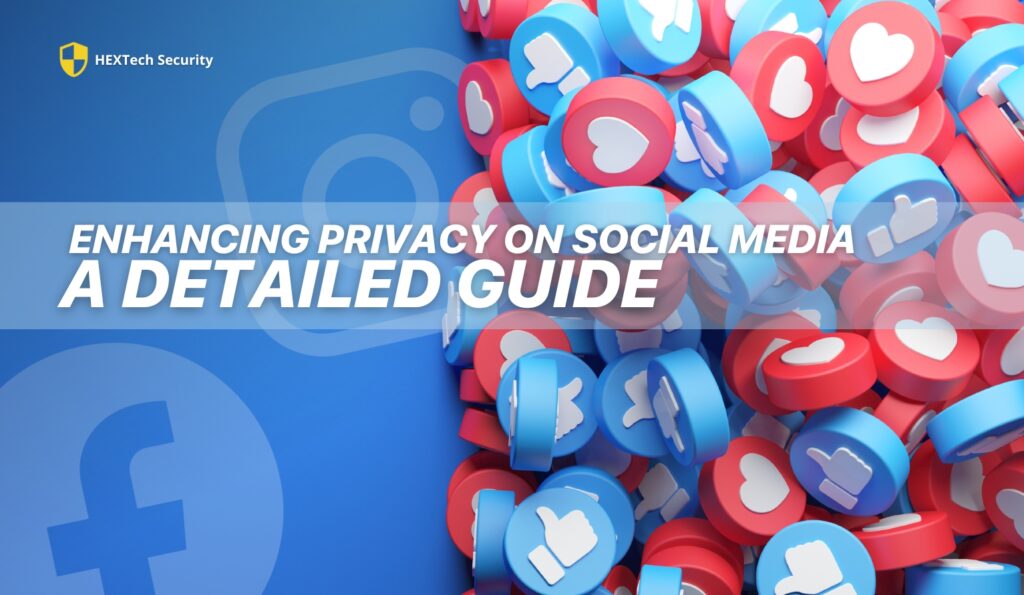
In today’s interconnected world, social media is a vibrant tapestry of personal interactions and public expressions. However, maintaining privacy on these platforms is crucial. This detailed guide offers a step-by-step approach to enhance your privacy on social media, ensuring a safer online experience.
1. Audit Your Privacy Settings:
- Step-by-Step Process:
- Navigate to the Settings: Each social media platform has a dedicated section for privacy settings. Find this in the account settings menu.
- Review Privacy Options: Look for options related to profile visibility, post sharing, and connection requests. Platforms like Facebook and Instagram offer granular controls over who can see your posts, stories, and personal information.
- Customize Accordingly: Adjust these settings to limit your visibility. Opt for settings that restrict your content to friends or followers only, rather than the public.
- Regular Updates: Revisit these settings periodically, as platforms often update their privacy features.
Here’s a detailed, step-by-step guide on how to audit and adjust privacy settings for popular social media platforms like Facebook and Instagram.
Facebook Privacy Settings:
1. Navigating to Settings:
- Open Facebook and click on the downward arrow in the top right corner.
- Select ‘Settings & Privacy’, then click on ‘Settings’.
2. Reviewing Privacy Options:
- Click on ‘Privacy’ in the left-hand menu.
- Here, you’ll find options like ‘Who can see your future posts?’, ‘Limit who can see past posts’, and ‘How people can find and contact you’.
3. Customizing Privacy Settings:
- Under ‘Your Activity’, set the audience for your future posts to ‘Friends’ for more controlled sharing.
- Use the ‘Limit Past Posts’ option if you want to restrict the audience for old posts shared publicly or with friends of friends.
- In the ‘How People Find and Contact You’ section, you can manage who can send you friend requests, look you up using your email or phone number, and whether your profile is linked to search engines outside of Facebook.
4. Regular Updates:
- Revisit these settings every few months, as Facebook occasionally updates privacy features and policies.
Instagram Privacy Settings:
1. Accessing Settings:
- Open Instagram and go to your profile.
- Tap the three horizontal lines in the top right corner, then select ‘Settings’.
2. Exploring Privacy Options:
- Tap on ‘Privacy’. Here, you’ll find options for ‘Connections’, ‘Interactions’, ‘Account Privacy’, and more.
3. Adjusting Settings for Enhanced Privacy:
- In ‘Account Privacy’, switch on ‘Private Account’ to make your posts visible only to your followers.
- Under ‘Connections’, you can manage who can follow you, who can see your stories, and who can send you direct messages.
- In the ‘Interactions’ section, adjust settings for comments, tags, and mentions according to your preference.
4. Periodic Review:
- As Instagram frequently updates its features and privacy settings, it’s a good practice to check these settings regularly.
2. Mindful Posting:
- Guidelines for Safe Sharing:
- Content Scrutiny: Before posting, critically assess the content. Avoid sharing sensitive personal information like your home address, financial details, or intimate moments that you wouldn’t want strangers to access.
- Location Awareness: Be cautious about sharing your location. Check-ins and location tags can reveal your routine, potentially compromising your safety.
- Future Impact: Consider how your post might affect you in the future. Could it impact job prospects or personal relationships?
3. Curate Your Connections:
- Managing Your Network:
- Audit Your Friends/Followers List: Regularly review who is on your friends list or following you. Remove or block individuals you no longer know or trust.
- Accept Requests Judiciously: Be selective about whom you accept connection requests from. If you don’t know the person in real life, it’s often safer to reject the request.
4. Limit Personal Data Exposure:
- Key Points to Consider:
- Restrict Personal Details: Be cautious about the amount of personal information in your profile. Details like your birthday, contact information, and workplace can be used maliciously if fallen into the wrong hands.
- Avoid Over-Elaboration: Resist the urge to share detailed life updates that could reveal more than intended.
5. Utilize Direct Messaging for Private Conversations:
- Safe Communication Practices:
- Discern Public and Private: Distinguish between what is appropriate for public posts and what should be kept private. Use direct messaging features for personal or sensitive conversations.
- Verify Identity: Ensure you know who you are communicating with in private messages, especially if sharing confidential information.
6. Manage Tagging and Mentions:
- Controlling External Content:
- Review Tagging Settings: Most platforms allow you to review and approve tags before they appear on your profile. Enable these settings for greater control.
- Regularly Monitor Tags: Keep an eye on what you’re tagged in. Untag yourself from posts that don’t align with your privacy preferences.
7. Be Wary of Third-Party Applications:
- Smart Usage of Apps and Quizzes:
- Check Permissions: Before using third-party apps or participating in quizzes, review the permissions you’re granting. Be cautious if it requires access to your personal data.
- Limit Access: Only grant necessary permissions and be skeptical of apps that request access to extensive personal information.
Enhancing your privacy on social media is an ongoing and necessary practice in the digital age. By following these steps, you create a safer social media environment, balancing the joys of online connectivity with the peace of mind that comes from protecting your personal space. Always remember, in the realm of digital interactions, your privacy is a valuable asset that deserves vigilant protection.
Advanced Privacy Protection Techniques
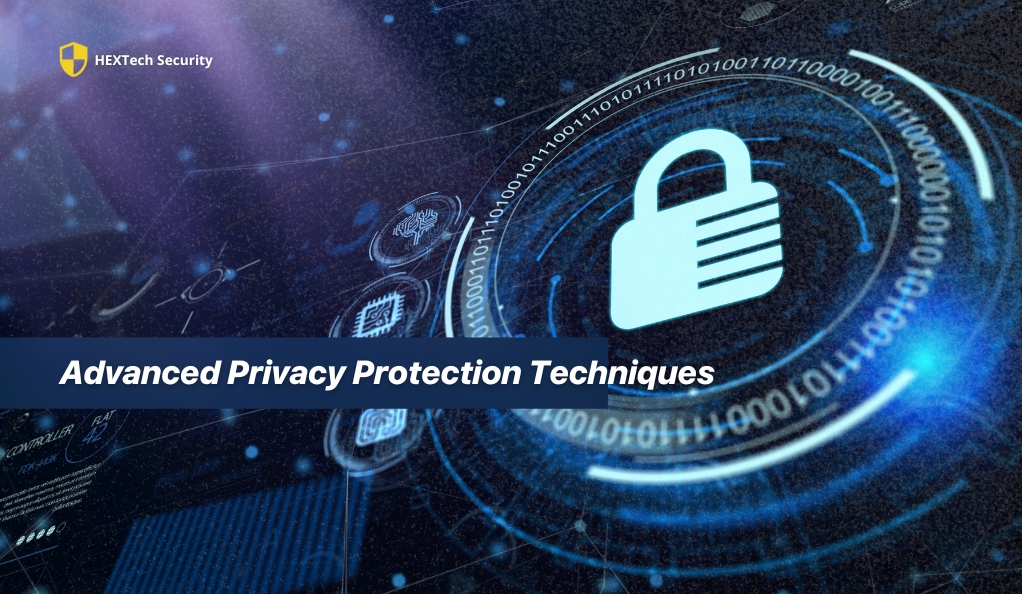
Embracing advanced privacy protection techniques is crucial for those seeking a deeper level of security in the digital realm. This segment delves into sophisticated strategies and tools, offering a comprehensive approach to safeguarding your online presence from evolving threats.
1. Mastering VPN Use for Enhanced Online Anonymity:
- A Virtual Private Network (VPN) is a powerful tool for securing your internet connection. By routing your online activity through a VPN, you encrypt your data and mask your IP address, significantly increasing your anonymity and security, especially on public Wi-Fi networks. When selecting a VPN, prioritize providers known for robust encryption standards and a strict no-logs policy.
2. Leveraging Encryption for Data Security:
- Encryption is your digital safeguard, turning readable data into a complex code that can’t be easily deciphered. Utilize end-to-end encrypted messaging apps for private conversations. For sensitive files, consider using encrypted cloud storage services or local encryption software to secure data on your devices.
3. Opting for Secure Email Services:
- Email communications are often a weak spot in digital privacy. Opt for email providers that offer end-to-end encryption, ensuring that only you and your recipient can read your emails’ contents. Tools like PGP (Pretty Good Privacy) add another layer of encryption, offering greater security for your email communications.
4. Implementing Multi-Factor Authentication:
- Multi-Factor Authentication (MFA) significantly bolsters your accounts’ security. MFA combines something you know (like a password) with something you have (like a smartphone app or a physical token) and sometimes something you are (like a fingerprint or facial recognition). This multi-layered approach makes unauthorized access to your accounts much more challenging.
5. Practicing Smart Social Media Habits:
- On social media, consider minimizing the use of personal information in your profiles and posts. Where possible, use pseudonyms or partial names to maintain a level of anonymity. Regularly review your connections and the information you share, keeping a vigilant eye on privacy settings and updates.
6. Conducting Regular Privacy Check-Ups:
- Like any robust strategy, digital privacy requires ongoing attention. Schedule regular check-ups of your online accounts, software, and devices. Ensure all privacy settings are optimized, software is up-to-date, and any unnecessary data storage or permissions are revoked.
Incorporating these advanced techniques into your digital life is not just about adding layers of security; it’s about cultivating a mindset of proactive privacy management. As digital threats evolve, so too should our defenses. By staying informed and applying these advanced methods, you can significantly enhance your digital privacy and protect your online identity.
Staying Informed and Vigilant
In the ever-evolving landscape of digital security, staying informed and vigilant is as crucial as employing strong privacy measures. This section provides essential strategies and resources to help you stay ahead of potential threats and maintain robust digital health.
1. Keeping Up with Digital Privacy Trends:
- Educational Resources:
- Blogs and News Sites: Follow reputable technology blogs and news websites. Sites like Wired, TechCrunch, and The Verge often cover the latest developments in digital security and privacy.
- Online Courses and Webinars: Engage in online courses or webinars focusing on cybersecurity and privacy. Websites like Coursera, Udemy, and Khan Academy offer courses ranging from beginner to advanced levels.
- Podcasts: Subscribe to podcasts that discuss technology and privacy. Podcasts like “Reply All” and “Darknet Diaries” blend storytelling with insightful discussions on digital trends and security issues.
2. Recognizing and Responding to Phishing and Scam Attempts:
- Identification Techniques:
- Suspicious Email and Message Indicators: Be wary of emails or messages with urgent requests, unsolicited attachments, or links, and check the sender’s email address for legitimacy.
- Website Authenticity: Always verify the authenticity of websites before entering any personal information. Look for HTTPS in the URL and double-check the domain name.
- Awareness of Common Scams: Familiarize yourself with the latest scamming techniques, such as fake antivirus alerts, lottery scams, and impersonation attempts.
3. Importance of Educating Family and Friends:

- Sharing Knowledge: Your digital vigilance can extend to your community. Share your knowledge about digital privacy and security with family and friends. This can be as simple as discussing news on the latest scams or providing tips on secure online practices.
- Creating a Culture of Security: Encourage a culture of security in your social circles. Organize or participate in community workshops or discussions about digital privacy.
4. Leveraging Social Media and Forums for Latest Updates:
- Engage with the Community: Follow cybersecurity experts and organizations on social media platforms like Twitter and LinkedIn. Participate in forums like Reddit’s r/privacy or r/cybersecurity to stay updated and engage in discussions.
5. Utilizing Security Tools and Services:
- Regular Use of Antivirus and Anti-Malware Software: Ensure that your devices are protected with reliable antivirus and anti-malware software. Regular scans can help detect and mitigate threats.
- Employment of Security Monitoring Services: Consider using services that monitor your digital footprint and alert you to potential security breaches involving your personal information.
Staying informed and vigilant in the digital age is a continuous process that requires proactive engagement. By leveraging various resources and tools, and sharing knowledge within your community, you can build a robust defense against digital threats and cultivate a secure online environment. Remember, in the realm of digital security, knowledge is not just power – it’s protection.
Conclusion
In today’s digital world, where online threats are constantly evolving, safeguarding your digital privacy is not just a one-time effort but a continuous journey. It requires a blend of awareness, proactive measures, and a commitment to adapting as new threats emerge. By implementing the strategies outlined in this guide – from mastering the basics of digital hygiene to leveraging advanced privacy protection techniques – you create a formidable barrier against the myriad of digital threats. Remember, the most effective shield in the realm of cybersecurity is a combination of knowledge, vigilance, and the willingness to evolve with the changing digital landscape.
As you navigate the complex world of digital privacy, the key takeaway is to stay informed and vigilant. Regularly update your knowledge, keep abreast of the latest trends in digital security, and educate those around you. Your digital footprint is uniquely yours, and protecting it goes beyond just securing your data; it’s about safeguarding your identity, your rights, and your freedom in the digital space. Embrace the journey of digital privacy with confidence, knowing that each step you take is a stride toward a more secure and private online experience.

